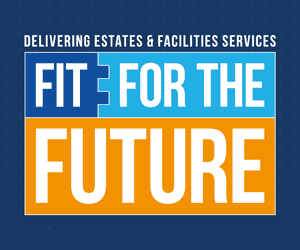The Care Quality Commission (CQC) has launched what it describes as “an ambitious new strategy” following almost 18 months of extensive consultation with the public, providers of health and social care services, charities and partner organisations.
CQC’s purpose of ensuring high-quality, safe care won’t change, but how it works to achieve this will. The new strategy is set out under four themes:
• People and communities. Regulation that is driven by people’s needs and experiences, focusing on what is important to them as they access, use and move between services.
• Smarter regulation. A more dynamic and flexible approach that provides up-to-date and high-quality information and ratings, easier ways of working with CQC, and a more proportionate regulatory response.
• Safety through learning. An unremitting focus on safety, requiring a culture across health and care that enables people to speak up and in this way share learning and improvement opportunities.
• Accelerating improvement. Encouraging health and care services, and local systems, to access support to help improve the quality of care where it’s needed most.
Running through each of these themes are two core ambitions: assessing local systems to give the public independent assurance about the quality of care in their area, and tackling inequalities in health and care by pushing for equality of access, experiences and outcomes from services.
Commenting in a blog, Ian Trenholm, CQC Chief Executive Officer, says: “What we’ve learned from the past five years, including over the course of the pandemic, puts us in a better position for the future. We’ve developed our new strategy with valuable contributions from the public, service providers and all our partners, meaning our regulation will be more relevant to the way care is now delivered. It will be more flexible to manage risk and uncertainty, and will enable us to respond in a quicker and more proportionate way as the health and care environment continues to evolve.”
During the first year of the new strategy, much of the work will be preparatory to what the CQC hopes to achieve in later years, including improving technical capabilities in areas including data and information, as well as testing and trialling new ways of working. For instance, CQC wants to polit a new assessment framework with providers this year so it fully understands the best way to identify the underlying factors that affect the quality of care. It also wants to introduce new products and services to help providers to understand and use its intelligence about things that affect quality of care.










